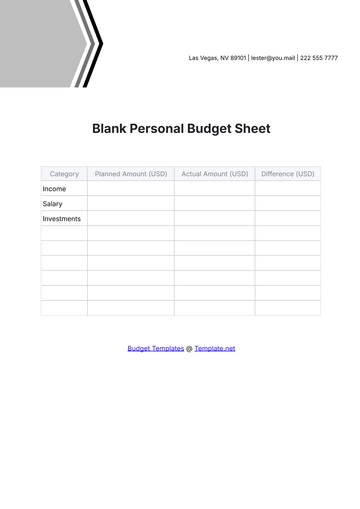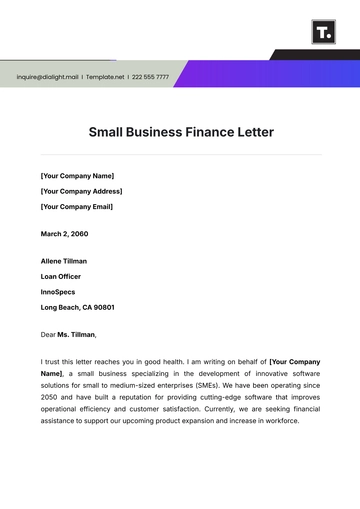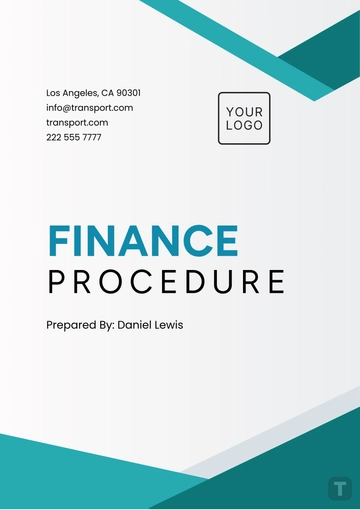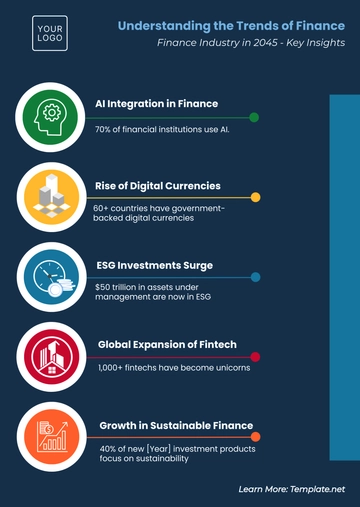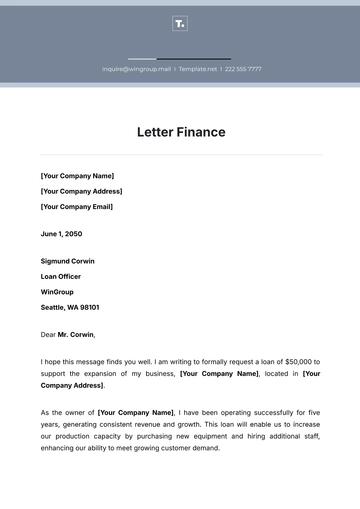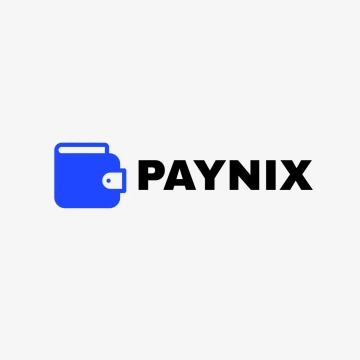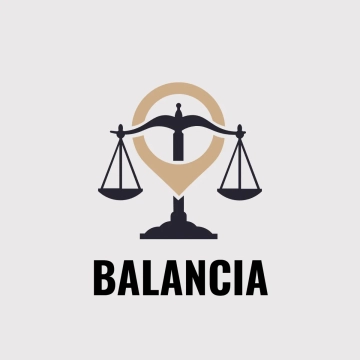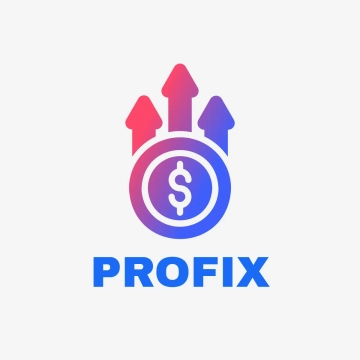Free Finance Payroll Management

Introduction to Payroll Management
The Payroll Management process is a crucial aspect of any organization's finance department, ensuring accurate and timely payment to employees. This process involves managing the financial records of employees' salaries, wages, bonuses, net pay, and deductions. An efficient payroll management system serves multiple purposes: it ensures compliance with taxation laws, keeps records accurate, and maintains employee satisfaction. The objective of this document is to outline the company's approach to managing payroll effectively, ensuring compliance with legal standards, and maintaining operational efficiency.
Payroll Processing Workflow
Employee Information Management
The first step in payroll processing is managing employee information, which includes collecting and maintaining accurate employee data. This data forms the foundation of the payroll system.
Collection of Employee Data: New employees provide essential information, such as personal details, bank account numbers for salary deposit, tax information, and any other relevant data.
Maintenance and Update of Employee Records: Keeping employee records up-to-date is crucial. This includes updating records in case of changes in salary, position, department, personal details, etc.
Table 1: Employee Information Fields
Field Name | Description | Example |
Employee ID | Unique identifier | 100234 |
Name | Full name of employee | John Doe |
Department | Employee’s department | Finance |
Position | Job title | Analyst |
Salary Structure | Breakdown of salary | Basic, HRA, Bonus |
Bank Details | For salary deposit | Bank Name, Account |
Tax Information | Tax-related details | SSN, TIN |
Timekeeping and Attendance
Effective payroll processing relies on accurate tracking of time and attendance. This section describes the method used by the company to track employee work hours and attendance.
Timekeeping Systems: Utilization of digital timekeeping systems like biometric scanners or RFID badges. Employees clock in and out using these systems, ensuring accurate recording of work hours.
Attendance Record Management: Managing leaves, absences, and overtime. Regular audits of attendance records ensure accuracy in payroll calculations.
Table 2: Sample Attendance Record
Date | Employee ID | In Time | Out Time | Total Hours | Overtime |
2024-01-02 | 100234 | 09:00 AM | 05:00 PM | 8 hours | 0 hours |
2024-01-03 | 100234 | 09:15 AM | 05:45 PM | 8.5 hours | 0.5 hours |
Payroll Scheduling
Determining the frequency of payroll is a critical decision for the finance department. The company must balance operational efficiency with employee preferences.
Payroll Frequency: The company may opt for a monthly, bi-weekly, or weekly payroll. Factors influencing this decision include the nature of the work, employee preference, and administrative convenience.
Important Payroll Dates: Setting specific dates for payroll processing, submission deadlines for timekeeping records, and the actual disbursement of salaries. These dates should be communicated clearly to all employees.
Salary Calculations
Salary calculation is a critical component of payroll management, involving the computation of gross salary, deductions, and ultimately, net salary.
Gross Salary Computation
Gross salary is the total remuneration payable to an employee before any deductions are made. It includes basic salary, allowances, overtime pay, and bonuses.
Basic Salary: The core of an employee's income, forming the basis for other calculations.
Allowances: Additional components like House Rent Allowance (HRA), travel allowance, etc.
Overtime and Bonuses: Compensation for extra hours worked and performance-related bonuses.
Table 1: Salary Components
Component | Description | Example Amounts |
Basic Salary | Fixed part of salary | $3,000 |
HRA | Housing-related allowance | $500 |
Travel Allowance | For commuting expenses | $200 |
Bonus | Performance-related | Variable |
Deductions
Deductions from the gross salary include taxes, social security contributions, and other statutory or voluntary deductions.
Tax Deductions: Based on the employee's tax bracket and applicable laws.
Social Security Contributions: Such as pension funds, health insurance.
Other Deductions: Like employee loans, union dues, etc.
Table 2: Types of Deductions
Deduction Type | Description | Example Amounts |
Federal Tax | Income tax | $300 |
Social Security | Pension, Medicare | $150 |
Health Insurance | Employee contribution | $100 |
Employee Loan | Repayment of company loan | $50 |
Net Salary Calculation
Net salary is the amount an employee receives after all deductions. It is calculated by subtracting total deductions from the gross salary.
Calculation: Net Salary = Gross Salary - Total Deductions.
Pay Slip: The net salary is detailed in the employee's pay slip, along with all components and deductions.
Payroll Compliance and Regulations
Adhering to legal requirements and compliance standards is essential in payroll processing to avoid legal repercussions and maintain organizational integrity.
Taxation Laws: Compliance with federal, state, and local tax laws is mandatory. This includes accurate tax deductions and timely tax filing.
Labor Laws: Adherence to minimum wage laws, overtime payments, and other labor regulations.
Record Keeping: Maintaining detailed and accurate payroll records for the required statutory period.
Table 3: Compliance Checklist
Compliance Item | Description | Due Dates |
Tax Filing | Submission of payroll taxes | Monthly/Quarterly |
Minimum Wage Rates | Adherence to minimum wage laws | Ongoing |
Overtime Payments | Compliance with overtime wage requirements | As incurred |
Payroll Accounting
Payroll accounting is a critical aspect of the overall financial management of a company, involving the recording of financial transactions related to employee compensation.
Journal Entries for Payroll
Each payroll period requires specific accounting entries to record the expenses and liabilities associated with employee compensation.
Expense Recording: Salaries and wages are recorded as expenses in the income statement.
Liability Recognition: Amounts owed but not yet paid, like taxes and contributions, are recorded as liabilities.
Table 1: Sample Journal Entries for Payroll
Date | Account Debit | Account Credit | Amount | Description |
2024-01-31 | Salaries Expense | Bank Account | $50,000 | Monthly salary payment |
2024-01-31 | Payroll Tax Payable | Payroll Taxes | $5,000 | Monthly payroll tax |
Payroll Reconciliation
Reconciliation is the process of ensuring the payroll records match the actual cash transactions and accounting records, identifying discrepancies and ensuring accuracy.
Reconciling Payroll Records: Comparing the payroll register with the general ledger and bank statements.
Adjustments: Making necessary adjustments in case of discrepancies to ensure all records are accurate and consistent.
Payroll Reporting
Payroll reporting involves creating various reports that provide insights into the financial aspects of employee compensation and are used for both management and statutory purposes.
Management Reports: Detailed reports for the company's management, providing insights into payroll expenses, department-wise breakdowns, and other relevant information.
Statutory Reports: Reports required by government bodies for compliance purposes, such as tax reports and social security contributions.
Table 2: List of Standard Payroll Reports
Report Type | Description | Frequency |
Payroll Summary Report | Overview of payroll expenses | Monthly |
Tax Reports | Detailed tax deductions and filings | Quarterly |
Department Payroll Report | Breakdown of payroll by department | Monthly |
Employee Earnings Report | Individual employee earnings and deductions | Annually |
Payroll System and Software
Choosing the right payroll system and software is crucial for efficient and accurate payroll processing. The system should cater to the specific needs of the company and comply with all regulatory requirements.
System Features: Modern payroll systems offer features like automated calculations, tax filing, and integration with other HR systems. They often come with customizable options to suit different business sizes and sectors.
Software Selection: The choice of software depends on factors such as company size, budget, and specific payroll needs. Popular payroll software includes solutions like ADP, QuickBooks, and Sage.
Table 1: Features and Benefits of Payroll Software
Feature | Benefit |
Automated Calculations | Reduces errors and saves time |
Compliance Management | Ensures adherence to tax and labor laws |
Integration Capability | Syncs with other HR and finance systems |
Self-Service Portals | Empowers employees to manage their data |
Data Security and Privacy
In payroll management, protecting sensitive employee data and ensuring privacy is paramount. This involves implementing robust security measures and adhering to data protection regulations.
Data Protection Measures: These include encryption, secure access controls, and regular security audits. It is essential to safeguard against data breaches and unauthorized access.
Compliance with Privacy Laws: Adherence to laws like GDPR in Europe or HIPAA in the U.S. for employee data protection is crucial. Regular training for staff handling payroll data is also important to maintain awareness and compliance.
Table 2: Data Security Measures
Measure | Description |
Encryption | Secures data during transmission |
Access Control | Limits data access to authorized users |
Regular Audits | Ensures ongoing compliance and security |
Employee Training | Educates staff on data protection |
Employee Self-Service Portal
The Employee Self-Service Portal is a vital component of modern payroll management, offering employees direct access to their payroll information and related services.
Portal Features: Typically, such portals allow employees to view and download their pay slips, declare taxable items, apply for leaves, update personal information, and access year-end tax documents.
Benefits: This system empowers employees by giving them control over their personal data and eases the administrative burden on the HR and finance departments.
Table 1: Self-Service Portal Features
Feature | Description |
Pay Slip Access | Employees can view and download pay slips |
Tax Declaration Management | Facility to declare and manage tax-related items |
Personal Information Update | Employees can update their personal details |
Leave Management | Apply for and track leave status |
Document Access | Access to employment and tax documents |
Conclusion
Effective payroll management is fundamental to the smooth operation of any business. It not only ensures compliance with various legal requirements but also plays a crucial role in maintaining employee satisfaction and trust.
Importance of Accuracy: Accurate payroll processing is essential to avoid legal penalties and employee dissatisfaction.
Continuous Improvement: The field of payroll management is always evolving, with new technologies and regulations constantly emerging. Therefore, continuous improvement and staying updated with the latest trends and legal requirements is key to successful payroll management.
- 100% Customizable, free editor
- Access 1 Million+ Templates, photo’s & graphics
- Download or share as a template
- Click and replace photos, graphics, text, backgrounds
- Resize, crop, AI write & more
- Access advanced editor
Streamline your payroll processes with Template.net's Finance Payroll Management Template. This editable, customizable template offers a comprehensive solution for managing payroll efficiently. Ideal for finance departments, it facilitates accurate payroll calculations, compliance with tax regulations, and timely salary disbursements, enhancing the overall efficiency and reliability of payroll management.
